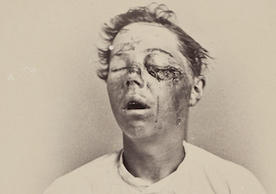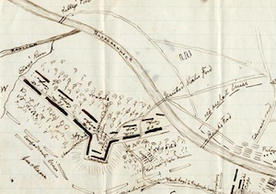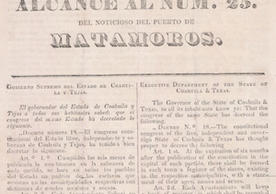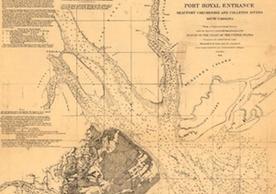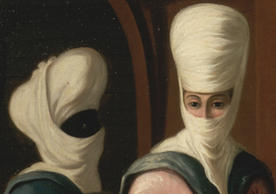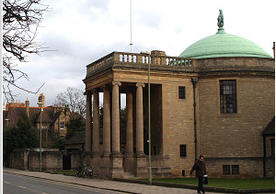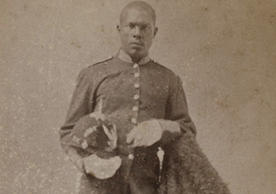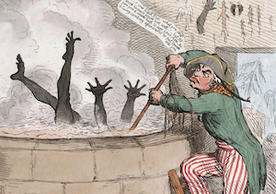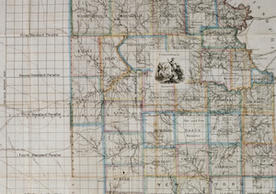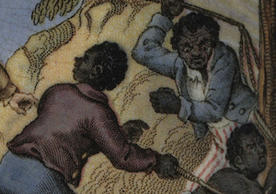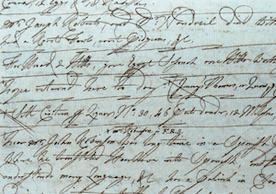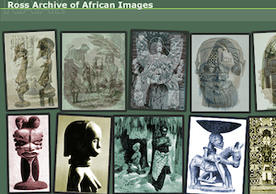Welcome
This site is designed to help researchers and students find primary sources related to slavery, abolition, and resistance within the university’s many libraries and galleries. Select a repository from the list on the right to browse by location or use the search function to sort collections by topic. Consult the research and links pages for information about how to find additional source material.
















